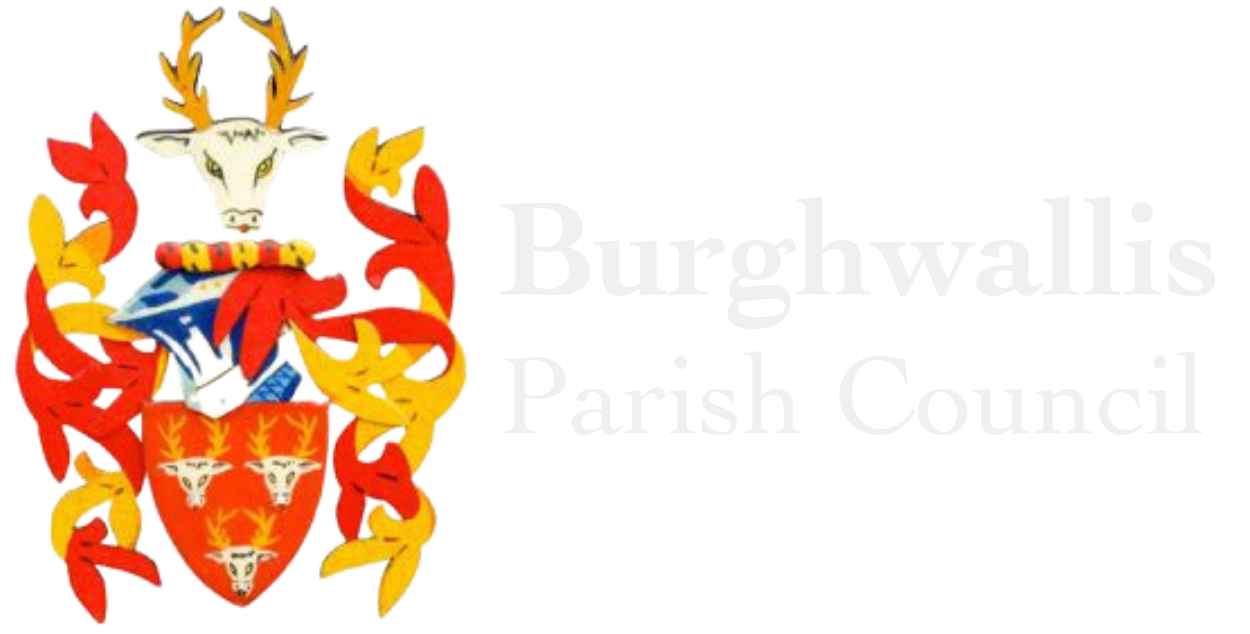The village of Burghwallis has seen some changes over the centuries, some more noticeable than others.
For a start the village was in the wapentake of Osgoldcross, liberty of Pontefract. Do not feel alone if you stall at this point. This is the equivalent of asking what jpeg, pdf or tif or QR codes mean; the full meaning of course. For those that ask – a wapentake in some northern counties of England, is a division, or district, answering to the hundred in other counties. Yorkshire, Lincolnshire, and Nottinghamshire were divided into wapentakes, instead of hundreds.
Burghwallis being in the “liberty of Pontefract” meant it was within the seat of Michael Tasburgh Esquire centred in Pontefract. This liberty also included all the villages north of Owston towards Pontefract.
In case you want to go for the bonus points you may to know the population of Burghwallis in 1822 was 237 ( today it is c. 249) The rectory was valued at £14. 6s.10d. and Robins Hood Well was a hamlet where a bishop was robbed and made to dance around a tree.
Robin Hoods Well is a square building, nine feet high, and joins the turnpike road. A mile and a half from this place, Robin Hood is said to have robbed the Bishop of Hereford, and about a quarter of a mile from the Well, is Bishop Tree Root. On this spot stood the Tree, round which Robin made the Bishop dance in his boots, after he had robbed him.
Grange Lane takes over from what is now Old Village Street
The map below shows the original route through the village. Passing along Old Village street to the south of Burghwallis Hall and St Helen’s church before joining what is now Abbè’s Walk.
1770-BW